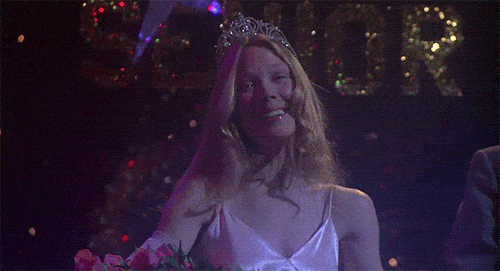The aspiration to become a renowned writer is a shared dream for many of us. Some imagine crafting novels while replying to office emails, while others picture their books adorning bookstore shelves as they peruse titles.
Yet, the journey to becoming a writer is neither swift nor easy, and sadly, only a few who embark on this path achieve genuine success. What causes writers to abandon their pursuits? Why do the stories they invest months and years in remain relegated to their laptops, never reaching the public eye? Why does the initial enthusiasm of many writers wane before their works are completed?
For new writers, it becomes evident that the act of writing itself isn't the most formidable part of their journey. The challenge lies in securing a publisher who believes in their books. Even the barrage of rejections that might come their way shouldn't be discouraging, for even the most celebrated writers of today encountered rejection.
Consider these examples:
Moby Dick – Herman Melville
Herman Melville's classic, Moby Dick, was turned down by multiple publishers. Some even suggested replacing the iconic whale with "lustful virgins." Thankfully, Melville held his ground.
Harry Potter – J.K. Rowling
The first Harry Potter novel faced rejection from 12 publishers. These same publishers advised J.K. Rowling to "keep her day job." Yet, the Harry Potter empire now surpasses $25 billion, with movies alone raking in $7.7 billion. Rowling stands as one of the wealthiest authors. One can only imagine the feelings of those editors who initially rejected her.

Twilight – Stephenie Meyer
The Twilight series initially suffered 14 rejections. Stephenie Meyer's perseverance led to a franchise worth $125 million.
Carrie – Stephen King
Stephen King, an iconic author, encountered initial challenges. His first novel, Carrie, was rejected 30 times before its eventual publication.

Gone With the Wind – Margaret Mitchell
This now-famous novel faced an astonishing 38 rejections before its publication. Margaret Mitchell's unyielding belief in her story set a powerful example.
Little Women – Louisa May Alcott
Even timeless classics like Little Women had their hurdles. The story has been made into movies and TV shows countless times in many countries, but Louisa May Alcott received a suggestion to continue teaching after submitting her story.

And Then There Were None – Agatha Christie
Ten Little Soldier Boys went out to Dine, one choked his little self, and then there were nine.
Nine Little Soldier Boys stayed up very late; One overslept himself and then there were eight.
Eight Little Soldier Boys traveling in Devon; One said he’d stay there and then there were seven.
Seven Little Soldier Boys chopping up sticks; One chopped himself in halves and then there were six.
Six Little Soldier Boys playing with a hive; A bumblebee stung one and then there were five.
Five Little Soldier Boys going through a door; One stubbed his toe and then there were four.
Four Little Soldier Boys going out to sea; A red herring swallowed one and then there were three.
Three Little Soldier Boys walking in the zoo; A big bear hugged one and then there were two.
Two Little Soldier Boys sitting in the sun; One got frizzled up and then there was One.
One Little Soldier Boy left all alone; He went and hanged himself and then there were none.
This is how And Then There Were None starts. Agatha Christie's famous works, translated into 45 languages, initially experienced five rejections. Her eventual success is comparable to the likes of the Qur'an, the Bible, and Shakespeare.
Chicken Soup for the Soul - Jack Canfield-M. V. Hansen
This bestselling series was rejected a staggering 144 times. Jack Canfield's advice? "Reject those who reject you. If someone says no to you, move on to the next one."
The Thomas Berryman Number – James Patterson
The acclaimed James Patterson faced 31 rejections for his first book. His persistence ultimately led to success and a representative Patterson found from a newspaper was able to sell the book. Moreover, James Patterson admitted in an interview that he still has a list of editors who rejected him. The fact that this book also won the Edgar Allen Poe award must be hard for those editors who rejected Patterson.
Lolita – Vladimir Nabokov
Lolita, a renowned classic, was rejected five times. One publisher went as far as suggesting it be buried for a thousand years; "It is extremely sickening even to an enlightened person. It would be disgusting to the public. It won't sell and it will irreparably damage the reputation of the publisher. I recommend that it be buried under a stone for a thousand years." Nabokov wisely disregarded this counsel.

Anne Frank: The Diary of a Young Girl – Anne Frank
Anne Frank's poignant tale of survival was turned down 15 times. One publisher even doubted its emotional depth.
The path for all writers is undeniably challenging. However, the stories above exemplify that success is attained by those who persistently chase their dreams and refuse to accept 'no' as an answer. Remember, enhancing your writing skills and unwavering dedication to your story are the keys to overcoming obstacles. Success remains elusive unless pursued with unyielding determination.
